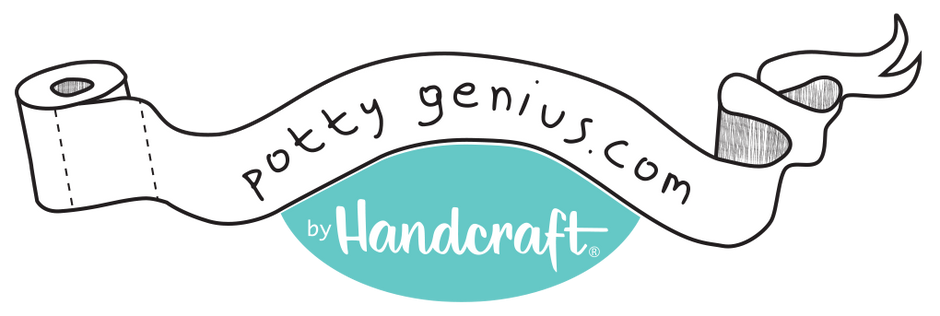Toilet Readiness: What You Need to Know
It might seem odd at first, but try to think about the steps that you take to use the toilet. This will help you get an idea as to how to approach toilet training readiness for your child.
Step 1: You have to know when your body needs to use the toilet.
Step 2: You have to know where the bathroom is, and get there before it’s too late.
Step 3: You must pull up or down clothes as needed.
Step 4: You then urinate into the toilet.
Step 5: You flush the toilet.
Step 6: You adjust your clothes as needed.
Step 7: You wash your hands.
Now, consider whether or not your child can do these things. From a physical standpoint, a child must not be urinating constantly, as he did when he was a baby. He needs to have a diaper that is dry for hours. How long does your child go between diaper changes? Is he dry after a nap? If he stays dry for long periods of time, he may be able to wait long enough to get to a toilet. Does he know that he is wet? Does he asked to be changed? If your child knows when he has urinated and doesn’t like feeling wet, he is more likely to be able to use a toilet. Can your child walk quickly? Can he handle his clothes? If your child cannot pull up or down his pants, he will not be able to use a toilet without your help. If he can’t walk quickly, he will also have trouble getting there. Can your child follow directions? Can he understand the connection between two things? Does he remember what you have told him to do? These skills involve language as well as memory. He has to be able to understand and remember what you want him to do in order to use the toilet. The book on toilet training by the American Academy of Pediatrics has a table listing key developmental stages like these and the ages when they usually occur. They also have information on their website.
Azrin and Foxx Readiness Tests
If you want more specific ways to help decide if your child is ready for toilet training, “Toilet Training in Less Than a Day,” by Azrin and Foxx lists three test areas to help you. They suggest 20 months of age as an average time, with 18 months a possibility. Other children might not be ready for toilet training until they are older. Azrin and Foxx’s toilet training readiness tests include bladder control, physical readiness, and instructional readiness (adapted from “Toilet Training in Less Than a Day” by Nathan H. Azrin PhD and Richard M. Foxx PhD, 1974, pages 43–45). Bladder control:- Does your child urinate a fairly large amount, as opposed to dribbling all day?
- Can he stay dry for hours?
- Can you tell if he knows he is going to urinate, either because of facial expressions or body positions?
- Can he pick up things fairly easily? This means he has developed good hand-eye coordination.
- Can he walk from room to room without your help and without difficulty?
- Point to his nose.
- Point to his eyes.
- Point to his mouth.
- Point to his hair.
- Sit down on a chair.
- Stand up from sitting down on a chair.
- Walk with you to a different part of the house.
- Imitate your actions, doing something like a game of patty-cake.
- Bring you a specific one of his toys.
- Do two things together, like putting a toy into a wagon, or a doll onto a bed.

